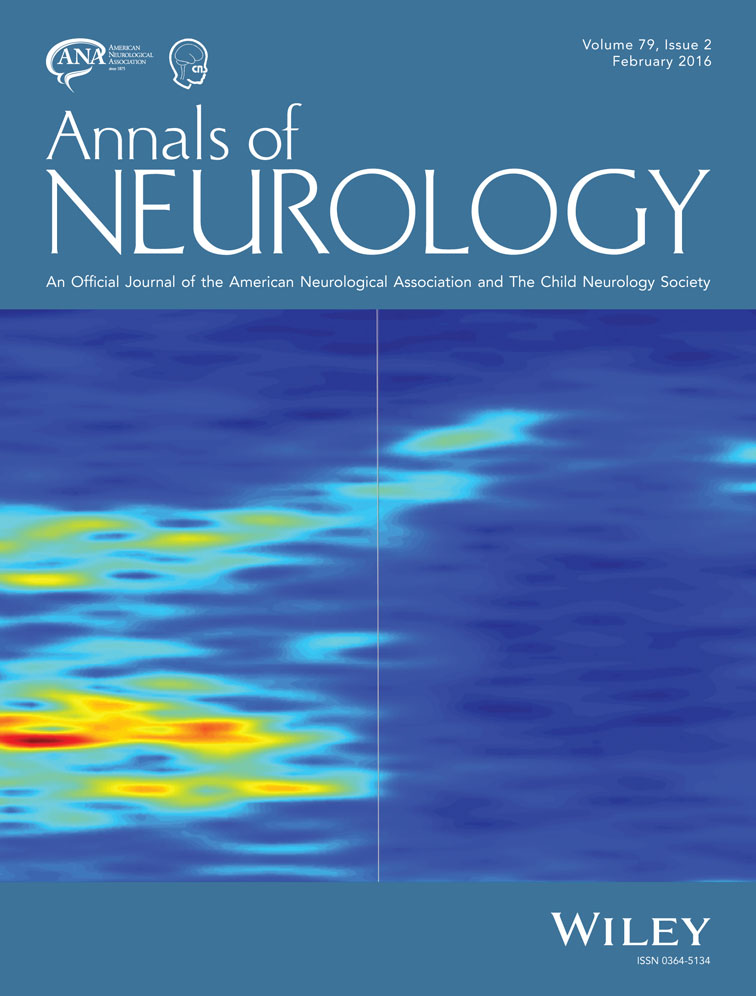Free fatty acid as an outcome predictor of atrial fibrillation–associated stroke
Abstract
Objective
We investigated whether baseline plasma free fatty acid (FFA) concentration is associated with any (ischemic/hemorrhagic) stroke, ischemic stroke/systemic embolism (ISSE), or ischemic stroke among stroke survivors with atrial fibrillation (A-fib). Moreover, we compared the outcome predictability of FFA with previously adopted models, including the CHADS2 and CHA2DS2-VASc scoring systems.
Methods
We analyzed data from 279 stroke patients with A-fib and investigated the association between plasma FFA concentration and outcomes using Cox regression models with competing risk analyses.
Results
Median follow-up period was 17.5 months. During the study period, any stroke, ISSE, and ischemic stroke occurred in 22, 21, and 17 patients, respectively. The cumulative risk for any stroke, ISSE, and ischemic stroke were 5.1%, 4.7%, and 4.2% at the end of the first year and 14.8%, 12.1%, and 10.8% at the end of the third year, respectively. After adjusting covariates (model 1), baseline FFA concentration was associated with recurrence of any stroke (hazard ratio [HR] = 1.774, 95% confidence interval [CI] = 1.124–2.801, per 1mEq/l increment of FFA). FFA showed a trend association with ISSE (HR = 1.569, 95% CI = 0.950–2.592) and ischemic stroke (HR = 1.630, 95% CI = 0.967–2.746). In adjusted models including CHADS2 or CHA2DS2-VASc score as a covariate, (models 2 and 3) FFA was still shown to be an independent predictor of any stroke and ischemic stroke. There was a significant or trend association between FFA and ISSE.
Interpretation
FFA may be a potential biomarker that predicts outcome events in stroke with A-fib along with the CHADS2 and CHA2DS2-VASc scoring systems. Ann Neurol 2016;79:317–325




